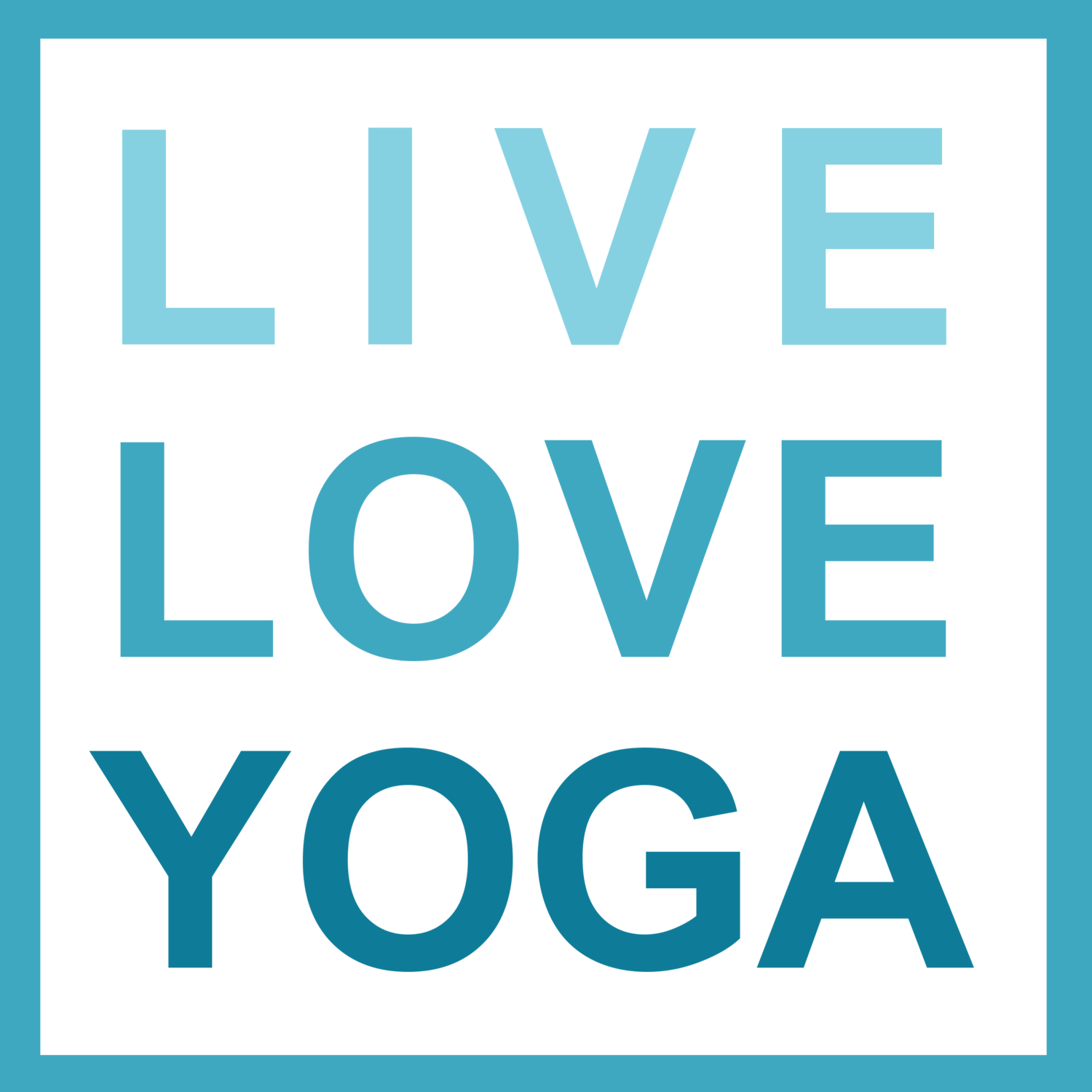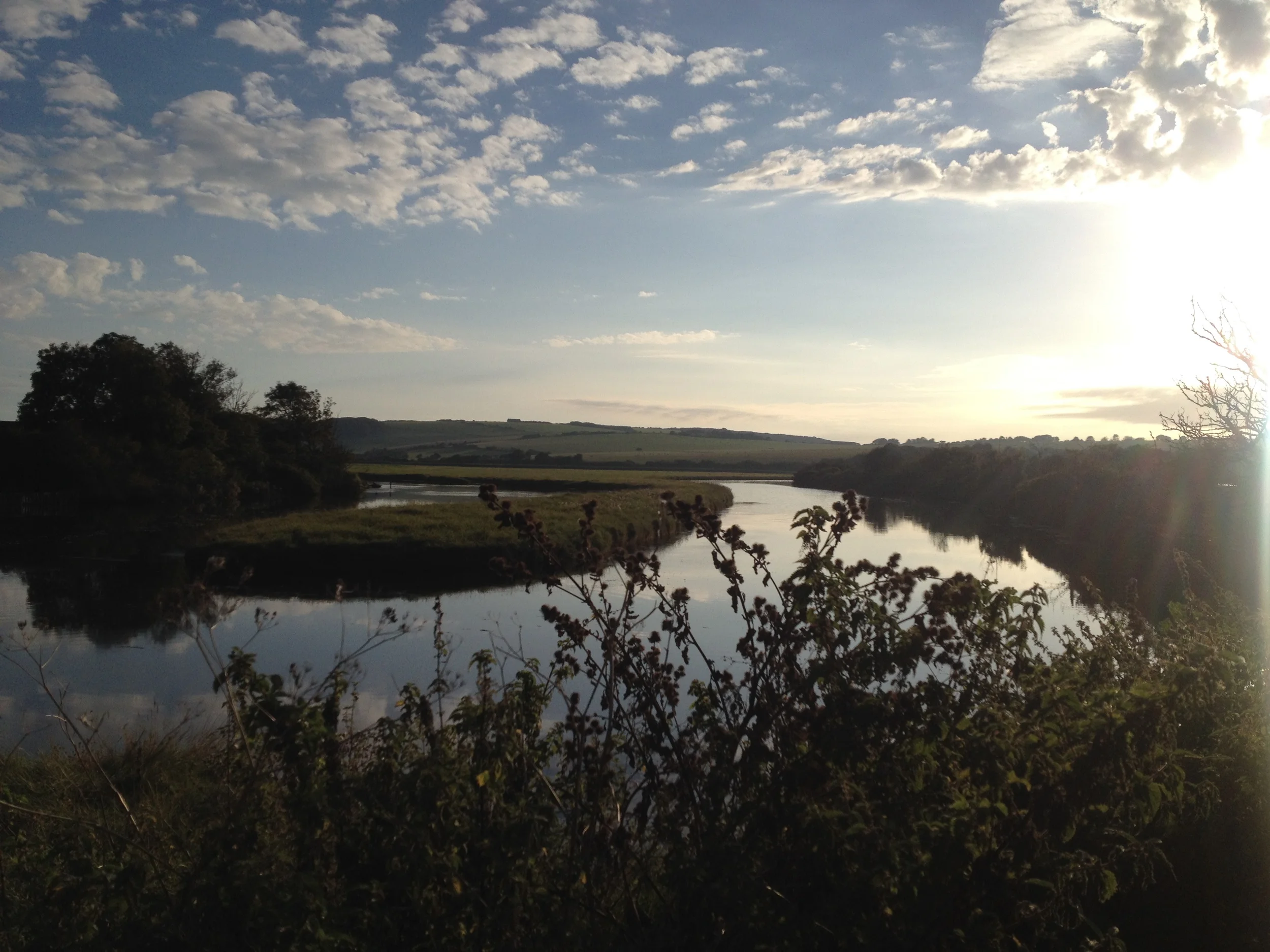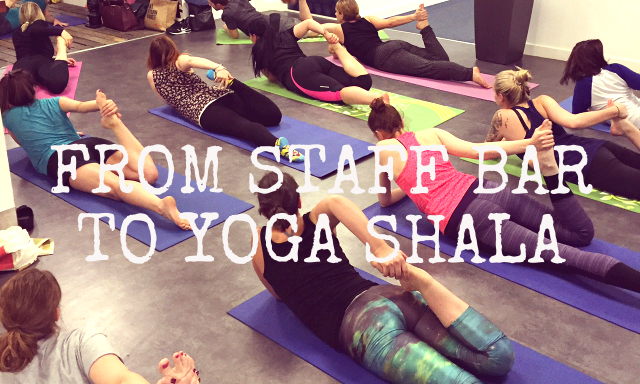Workplace Wellness
/It's common knowledge that a healthy, happy workforce results in fewer sick days, increased productivity, increased staff resilience and morale and a better functioning business.
We have been lucky enough to team up with Active Sussex's Workplace Challenge and recently taught a class for the awesome guys at The Student Room. The session reminded us that there is always time to switch off at work, clear some space and move, breathe, unwind and get some perspective.
As well as being great for individuals, wellness sessions give staff something to share helping with team cohesion. They are a reason not to run out of the door at 5.30 which can really boost a sense of enjoyment in the workplace. If you see it as a place to do something enjoyable it's no longer just associated with 'work' (although hopefully we all love our work!)
Workplace wellbeing is a buzz word at the moment, and rightly so. A simple gesture from employers that they care about their staff can greatly increase a sense of value. If we feel valued we want to honour that. It may not be possible to offer a pay rise to all staff every year, but a one hour session to improve their health and wellbeing is a small investment that shows an employer cares.
In a survey carried out for Britain's Healthiest Companies 87% of the participants had a Vitality Health Age older than their actual age. That's a vast majority and something that really needs to be addressed! From high blood pressure to stress to postural issues, the workplace is proving to take it's toll on it's staff. However, according to the Stress Management Society, for every £1 spent on workplace wellness initiatives a company will see £3 return. Surely that's incentive for businesses if they're staff's health is not!
We currently run regular sessions for the NHS South East Commissioning Unit and have delivered Wellbeing Days in schools, colleges and businesses across the county. For more information on how we can help your business just get in touch, or head over to our Corporate page.





